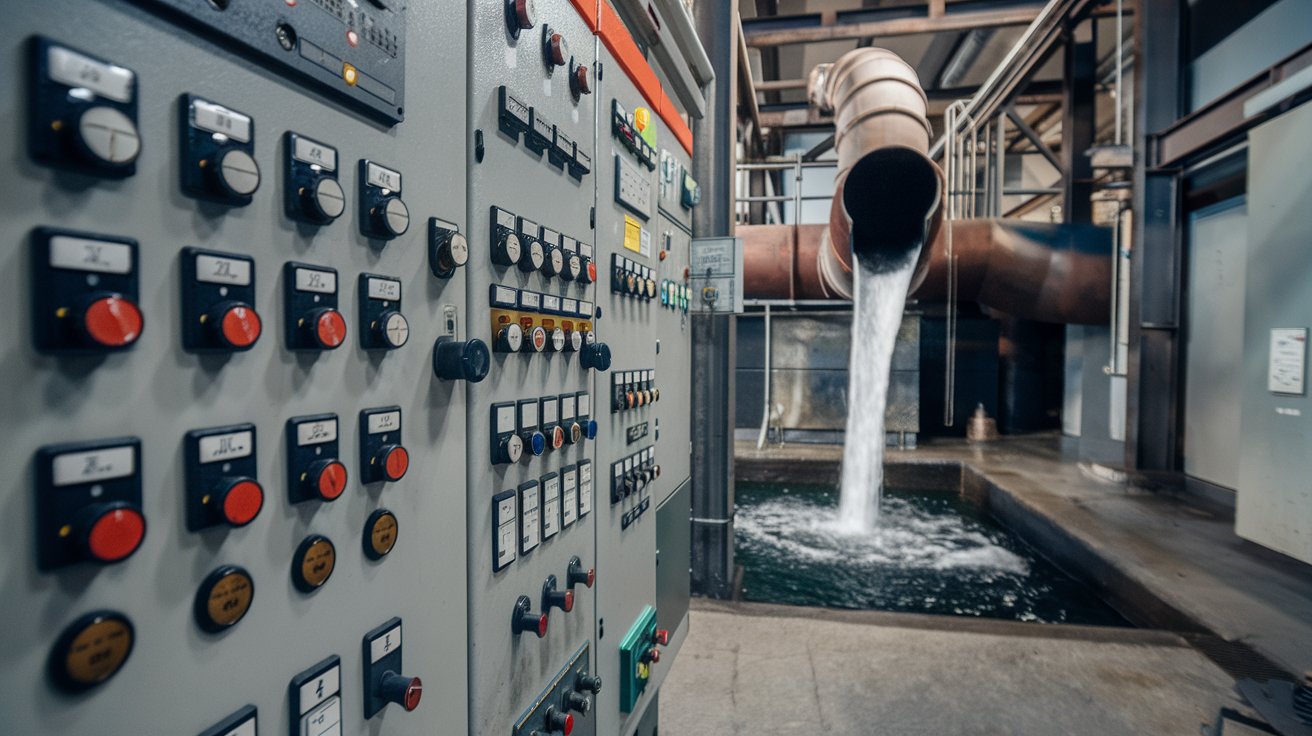In an era where water scarcity and quality concerns are escalating, the integration of data-driven strategies into modern water systems has become imperative. These approaches harness advanced technologies to enhance efficiency, ensure sustainability, and address the multifaceted challenges of water management. This article delves into the transformative impact of data-driven methodologies on water systems, emphasizing the role of remote water monitoring in revolutionizing the industry.
The Imperative for Data-Driven Water Management
Global water resources are under unprecedented pressure due to population growth, climate change, and industrial demands. Traditional water management practices often fall short in addressing these dynamic challenges, necessitating a shift towards more responsive and informed strategies. Data-driven approaches offer real-time insights and predictive analytics, enabling proactive decision-making and efficient resource allocation.
Remote Water Monitoring: A Cornerstone of Modern Water Systems
Remote water monitoring stands at the forefront of data-driven water management. By deploying Internet of Things (IoT) sensors and advanced telemetry, these systems provide continuous surveillance of water quality and distribution networks. This real-time data collection facilitates immediate responses to anomalies, reducing the risk of contamination and system failures. For instance, Aquatrust’s remote monitoring solutions capture water temperature data every 30 seconds, allowing for prompt detection of irregularities and minimizing the need for manual interventions.
Enhancing Efficiency Through Predictive Analytics
The integration of predictive analytics into water systems enables utilities to anticipate demand fluctuations and optimize operations accordingly. By analyzing historical data and consumption patterns, predictive models can forecast future water needs, ensuring that supply meets demand without overexerting resources. This approach not only conserves water but also reduces energy consumption associated with treatment and distribution processes.
Proactive Maintenance and Infrastructure Management
Data-driven strategies empower utilities to transition from reactive to proactive maintenance regimes. Continuous monitoring of infrastructure health allows for the early detection of wear and potential failures. For example, remote monitoring systems can identify pressure drops indicative of leaks, enabling timely repairs before they escalate into major issues. This proactive stance extends the lifespan of assets and reduces operational costs.
Case Study: Aquifer Storage and Recovery Systems
In response to severe droughts and dwindling surface water supplies, regions like Central Texas have adopted Aquifer Storage and Recovery (ASR) systems. These systems involve injecting excess water into underground aquifers during periods of abundance for retrieval during shortages. Data-driven monitoring is crucial in managing these systems, ensuring optimal storage and retrieval while safeguarding water quality. San Antonio’s Water System, for instance, utilizes ASR to store water from the Edwards Aquifer in the Carrizo-Wilcox Aquifer, effectively mitigating the impacts of droughts.
Empowering Communities Through Citizen Science
Data-driven water management is not confined to utilities and large organizations; it also encompasses community engagement. Citizen science initiatives have emerged as powerful tools in monitoring local water bodies. In the UK, thousands of volunteers participate in river testing blitzes, collecting data on water quality across numerous sites. This grassroots data collection supplements official monitoring efforts, providing a more comprehensive understanding of water health and fostering community stewardship of local resources.
Technological Innovations Driving Data-Driven Water Systems
The evolution of sensor technology and data analytics has been pivotal in advancing data-driven water management. Innovations such as Hydrific’s “Droplet,” a compact water-use sensor, exemplify this progress. “Droplet” offers homeowners real-time monitoring of water consumption, leak detection, and insights into usage patterns, all accessible via a mobile application. Such devices empower consumers to manage their water use efficiently, contributing to broader conservation efforts.
Challenges and Considerations
While the benefits of data-driven water systems are substantial, several challenges persist. Ensuring data accuracy and reliability is paramount, as erroneous data can lead to misguided decisions. Additionally, integrating new technologies with existing infrastructure requires careful planning and investment. Utilities must also address data security concerns, safeguarding sensitive information from potential breaches.
The Path Forward
The future of water management lies in the continued adoption and refinement of data-driven strategies. Collaboration between technology developers, utilities, policymakers, and communities is essential to create resilient and sustainable water systems. Investing in education and training will equip professionals with the skills necessary to navigate and implement these advanced methodologies effectively.
Conclusion
Data-driven strategies are revolutionizing modern water systems, offering solutions that enhance efficiency, sustainability, and resilience. From remote water monitoring to predictive analytics and community-driven data collection, these approaches provide comprehensive tools to address the complex challenges of water management. Embracing these innovations is not merely an option but a necessity in ensuring the availability of clean and safe water for current and future generations.



